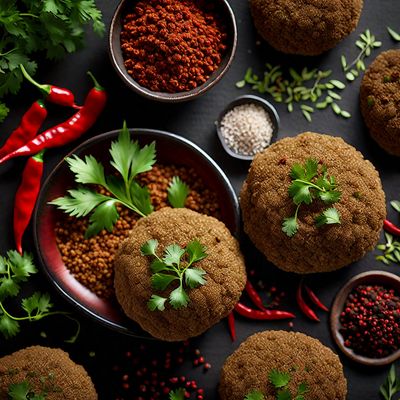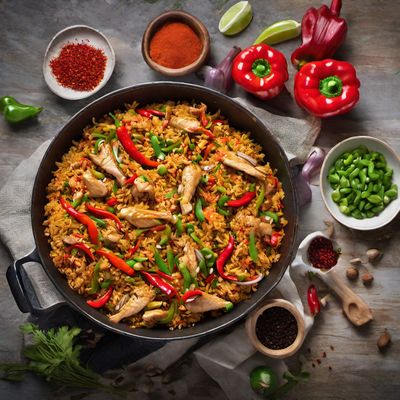
Cuisine
Sichuan cuisine
Sichuan cuisine is known for its bold and spicy flavors, with a focus on the use of Sichuan peppercorns, chili peppers, and garlic. It is also known for its use of numbing spices, such as Sichuan peppercorns, which create a tingling sensation in the mouth. Sichuan cuisine is divided into several sub-regional styles, each with its own unique flavors and ingredients. Some of the most popular dishes include Kung Pao chicken, Mapo tofu, and Dan Dan noodles.
Typical ingredients
Sichuan peppercorns, Chili peppers, Garlic, Ginger, Scallions, Soy sauce, Vinegar, Sesame oil, Sichuan preserved vegetables, Doubanjiang (broad bean paste), Peanuts, Sichuan-style pickles
Presentation and garnishing
Sichuan cuisine is often presented in a communal style, with dishes served in the center of the table for everyone to share. Garnishes may include chopped scallions, cilantro, and peanuts.
Sichuan cuisine is also known for its hot pot, a communal dish where diners cook their own meat and vegetables in a simmering pot of broth at the table.
More cuisines from this region...
Cantonese cuisine, Shanghai cuisine, Shanxi cuisine, Zhejiang cuisine, Putian cuisine, Shandong cuisine, Chiuchow cuisine, Teochew cuisine, Yunnan cuisine, Hakka cuisine
History
Sichuan cuisine has a long history dating back to the Qin and Han dynasties. It was heavily influenced by the local climate and geography, which made it difficult to grow crops and led to a reliance on spicy and flavorful ingredients. Sichuan cuisine became popular throughout China during the Tang dynasty, and has since spread to other parts of the world.
Cultural significance
Sichuan cuisine is an important part of Chinese culinary culture, and is known for its bold and spicy flavors. It has been recognized as a UNESCO Intangible Cultural Heritage.
Health benefits and considerations
Sichuan cuisine is believed to have many health benefits, including aiding digestion, reducing inflammation, and boosting the immune system. However, it can also be high in sodium and fat, so it should be consumed in moderation.
Sichuan cuisine recipes Browse all »

Sichuan Spiced Falafel
Fiery Sichuan Falafel Explosion

Sichuan Spiced Praluline
Fiery Sichuan Twist on Praluline

Sichuan-style Chicken Noodle Soup
Spicy and Numbing Sichuan Chicken Noodle Soup

Sichuan Spiced Shikampuri Kebab
Fiery Sichuan Twist on Shikampuri Kebab

Sichuan Cordon Bleu
Spicy Sichuan Cordon Bleu: A Fiery Twist on a Classic Dish

Sichuan-style Spicy Sushi Rolls
Fiery Fusion: Sichuan-inspired Spicy Sushi Rolls

Sichuan Tarte Tatin
Spicy Sichuan Tarte Tatin: A Fiery Twist on a Classic French Dessert

Sichuan-style Spicy Braised Pork Rice
Fiery Sichuan Delight: Spicy Braised Pork Rice

Sichuan-style Coq au Vin
Spicy Sichuan Chicken in Red Wine Sauce

Sichuan-style Satay
Spicy and Flavorful Sichuan Satay: A Fiery Twist on a Classic Indonesian Dish

Sichuan-style Spicy Paella
Sichuan Pepper Infused Paella with a Fiery Kick

Sichuan-style General Tso's Chicken
Fiery and Flavorful Sichuan General Tso's Chicken